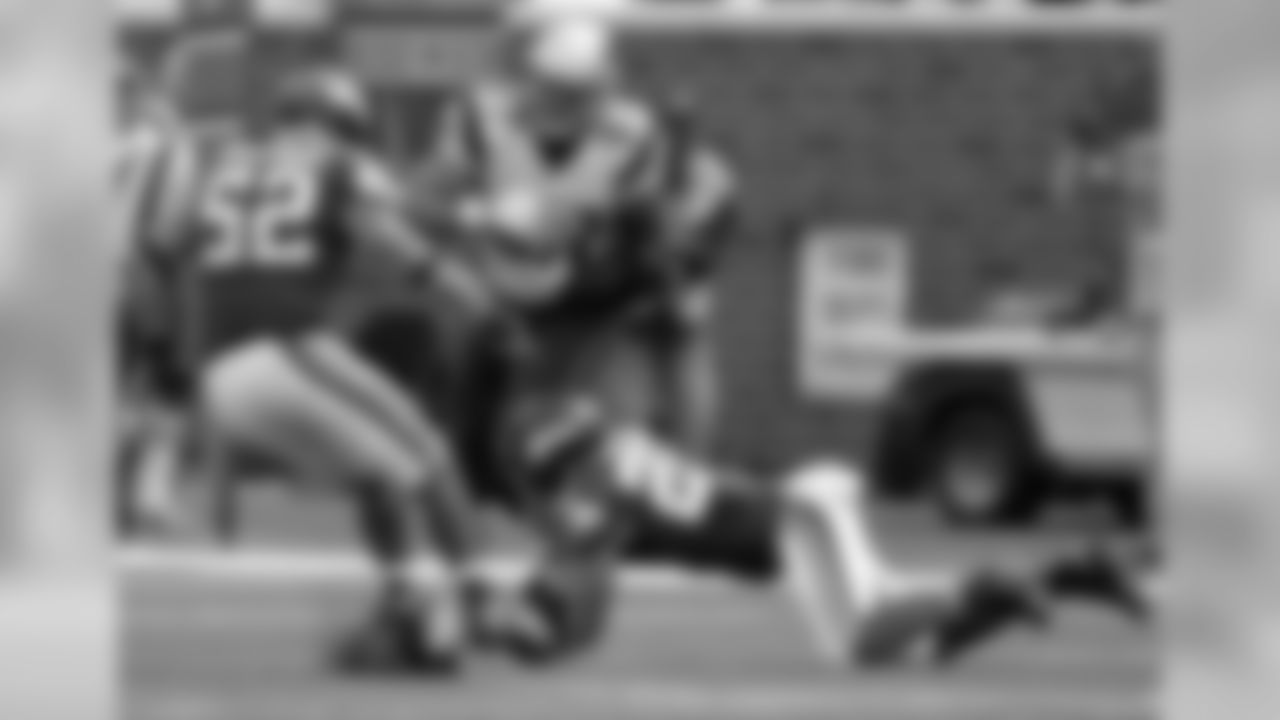Coming off an impressive season-opening win last week in St. Louis, the Vikings came back to Minnesota for their home-opener and saw the script flip in a 30-7 loss to the New England Patriots at TCF Bank Stadium. After authoring a 2 advantage in turnover margin last week, the Vikings lost the turnover battle 4-0 on Sunday and that set the stage for the loss, which dropped the Vikings to 1-1 on the season.
Here are five takeaways from Sunday's loss to New England.
1. Turnovers, Turnovers, TurnoversIt's hard enough to win in the NFL, but when you turn the ball over four times and fail to take it away from the opponent at all, it's nearly impossible to win. The Patriots won the turnover battle in lopsided fashion ( 4) and, consequently, won the points scored battle in similar fashion. New England scored 17 points off the Vikings first three turnovers – all Matt Cassel interceptions – and the fourth turnover was also a Cassel interception but was inconsequential because the game was already in hand at the time of the play.
2. Special Teams Mistake Altered MomentumLast week in St. Louis, it was a great defensive play right before halftime that allowed the Vikings offense to score a touchdown and swing momentum in their favor for the second half. This week in Minnesota, it was a special teams play by New England that swung the momentum and altered the course of the game. The Vikings had driven 52 yards to put themselves in field goal range with :19 to go before halftime, and the field goal would've made the score 17-10. But the field goal was blocked by Chandler Jones, picked up by Jones, and then returned 58 yards for a touchdown by Jones. It was an incredible play by one of New England's best players, and it cushioned the Patriots lead to 24-7 late in the 2nd quarter. The play represented a potential 10-point swing in a 10-point game at the time.
View images from the home opener at TCF Bank Stadium as the Vikings played host to the Patriots.








































































3. Vikings Lost Field Position BattleThe Vikings defense had its warts in Sunday's loss, but the score is not a true indication of how they played. Turnovers and a failure to extend drives by the Vikings offense as well as long returns by the Patriots put the Vikings defense in poor field position all game. Cassel's first interception was returned to the Minnesota 1, for example. The Patriots also started on the Minnesota 45 after the third interception and started at the New England 45 after a 28-yard return by Julian Edelman; the Vikings punt coverage team surrendered 16.5 yards per return. New England's average starting field position was their own 42, while the Vikings average starting field position was their own 20. That is a drastic difference and it severely inhibited the Vikings defense's ability to neutralize the Patriots offense.
4. What a Rush: Patriots Ran the Ball and Pressured the Passer WellVikings Head Coach Mike Zimmer mentioned early in his postgame press conference that New England ran the ball well and rushed Cassel well. Stevan Ridley ran for 101 yards and one touchdown on 25 carries and the Patriots as a team rushed for 150 yards on 27 carries. Future Hall of Famer Tom Brady is hard enough to defend, but when the Patriots can run the ball that effectively to keep the defense off-balance, it's even tougher to contain Brady.
On defense, the Patriots were pressuring Cassel all game. Cassel was sacked six times and forced from the pocket on many other occasions, preventing him from gaining comfort or rhythm while looking for receivers.
5. It's One Week – Temper All EmotionsThe Vikings put together a blowout victory on the road last week, taking apart the Rams by a score of 34-6. The script was flipped this week in a lopsided loss. A big key to success in the NFL on a macro and micro level is to never let any one game or event gain an extreme influence. You can be certain that Zimmer didn't ensure his players they were going to the Super Bowl after last week's win, and you can be equally sure that Zimmer didn't condemn is team to failure after this week's loss. Each game is one of 16, and that's how it should be characterized in both wins and losses. This is not to say the mistakes made this week should be disregarded. They should be analyzed and studied, and coaches and players should learn from them. But it's important to remember this is one week, and next week is another week.













